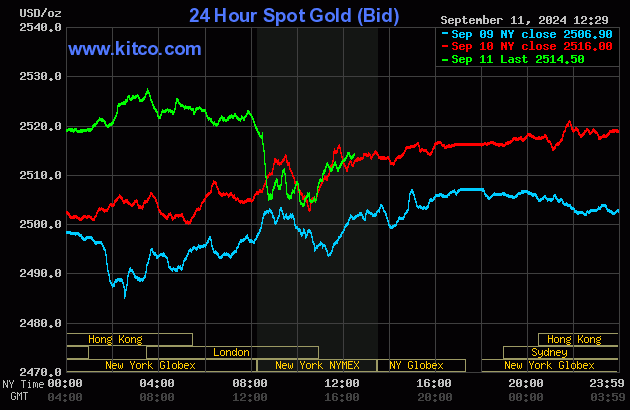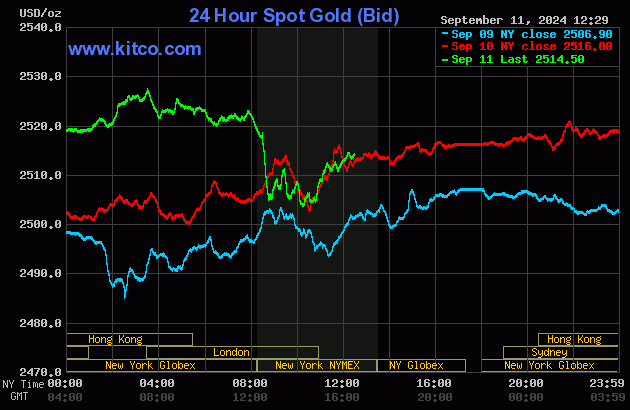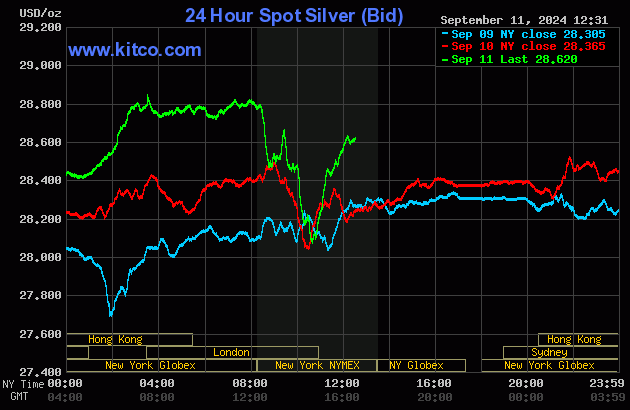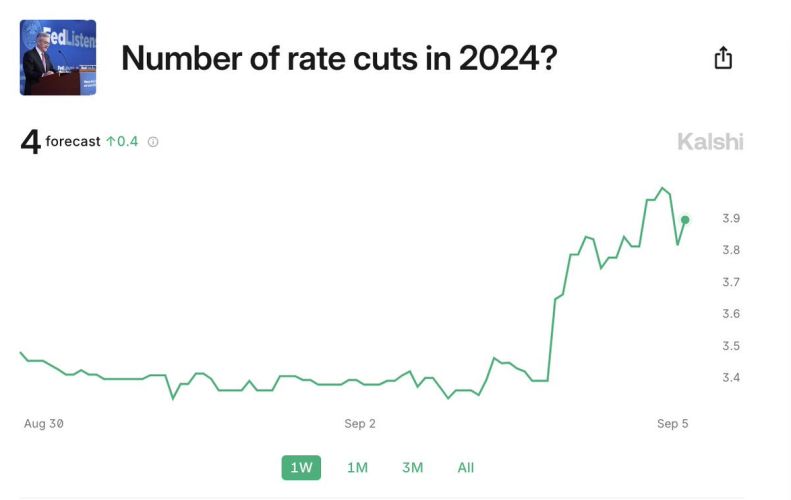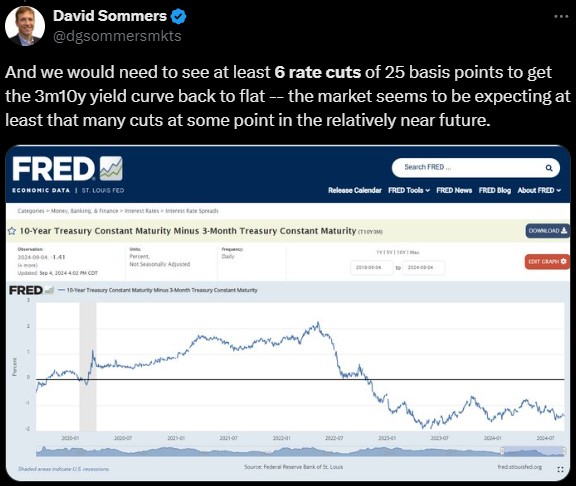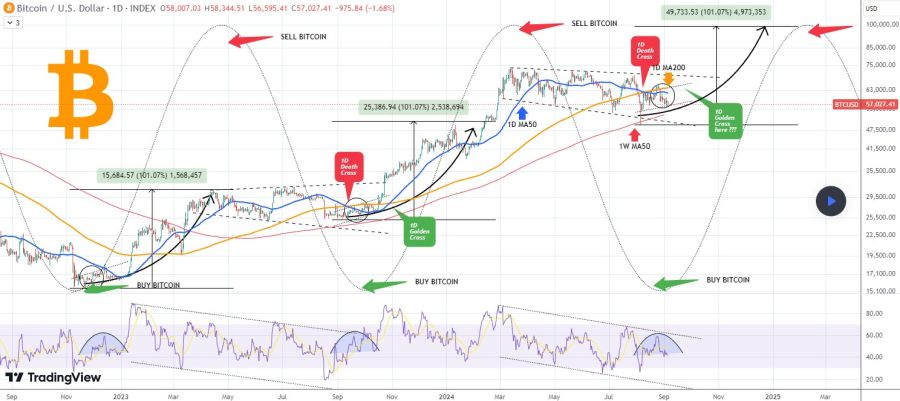Boost Your Site: Get Free Traffic to Your Website
As a business owner, I know how vital getting more website traffic is. Our websites are like online stores where people can learn about us and trust our brands. But, if no one finds our site, we won't get more customers.
Website traffic helps us see if our marketing works, understand our audience, and improve our SEO. It's key for getting more leads and customers. In fact, 61% of marketers struggle to get traffic and leads to their site1.

An open laptop on a wooden desk, surrounded by vibrant arrows symbolizing online traffic, colorful graphs displaying increasing website visitors, a digital globe representing the internet, and a light bulb emitting rays of creativity and ideas, in a bright and inviting workspace setting.
There are many ways to get free traffic and boost your SEO. Marketing channels work together to bring organic traffic. Social media, for example, is a free tool that helps a lot2.
In this article, we'll look at ways to get more visitors without spending a lot. We'll talk about optimizing your Google Business Profile, doing on-page SEO, and using social media. You'll learn how to get free traffic and grow your online presence.
Key Takeaways
- Website traffic is essential for gauging marketing effectiveness, understanding your audience, improving SEO, and generating leads and conversions.
- A combination of marketing channels, including social media and SEO tactics, can drive free traffic to your website.
- Optimizing your Google Business Profile, performing on-page SEO, and building quality backlinks are effective strategies to increase website visitors.
- Leveraging social media and creating targeted landing pages can help you get free traffic to your website and boost SEO rankings.
- Consistently implementing these strategies and monitoring your progress will help you drive organic traffic and grow your online presence.
Why Website Traffic is Important
Website traffic is key for businesses. It shows the chances to get new customers3. With over 4 billion internet users daily4, more traffic means more leads and business growth3. Web traffic data helps marketers learn about their audience and improve content4.

A vibrant illustration of a bustling digital landscape, featuring a diverse array of websites represented as colorful buildings in a city. Traffic flows through the streets in the form of glowing arrows and moving data streams, connecting these websites. Include a clear blue sky above, symbolizing growth and potential, with icons representing analytics and engagement hovering around the scene, emphasizing the importance of attracting visitors for success.
Gather Insights About Your Audience
Watching website traffic helps marketers understand how visitors behave and what content works best4. By looking at pageviews, unique visits, bounce rates, and where visitors come from, businesses learn more about their audience4. Good content and SEO can make traffic better and increase website sales3.
Improve SEO and Search Engine Credibility
More website traffic can make a site's SEO and search engine standing better. Search engines like sites that lots of people visit, showing they're relevant and trusted5. By using organic strategies, improving site tech, and making quality content, sites can get more visitors for free5.
Generate More Leads and Increase Conversions
A website is crucial for marketing and sales, affecting how customers engage and grow the business3. By drawing in visitors who are ready to buy, businesses can get more leads and make more sales3. Conversion rates show if visitors are taking actions like buying or contacting the site4. Boosting these rates means needing less traffic to grow the business3.
Free Traffic vs. Quality Traffic
As a website owner, knowing the difference between free and quality traffic is key. Free traffic might boost your site's visibility, but quality traffic is more important. Quality traffic means more engagement6. If your traffic goes up but your conversion rates drop, you're attracting the wrong people.
Your aim should be to get more visitors who are likely to buy or become leads6. Targeted traffic can greatly increase your site's engagement and sales. This is because focused traffic is more likely to interact and return to your site6.
To get quality traffic, try these strategies:
- Make your site better for search intent to boost SEO and user interest6.
- Use social media to draw in the right visitors and get more seen76. With billions of users worldwide, social media is a strong tool for quality traffic7.
- Write guest posts for sites that match your target audience to get relevant traffic and SEO benefits76.
- Work on getting better backlinks from reputable sites in your field to get quality web traffic68.
Focus on driving quality traffic, not just free traffic.
Getting website traffic is an ongoing effort that needs planning and action7. By aiming for quality traffic over free traffic, you'll have a better chance of turning visitors into customers. This will help your online business grow.
Optimize Your Free Google Business Profile
As a business owner, I know how vital online visibility is. A well-optimized Google Business Profile can help a lot. It boosts your chances of showing up in local searches and attracts more visitors to your site.

An engaging digital scene depicting a tutorial on optimizing a Google Business Profile, featuring a vibrant office environment with a large computer screen displaying a well-organized Google listing interface, colorful graphics representing SEO elements, like keywords and location pins, energetic individuals collaborating and brainstorming ideas, surrounded by charts and growth metrics, showcasing an atmosphere of learning and innovation.
An optimized Google Business Profile is key for a strong online presence. Businesses with complete info are easier to find, boosting local search visibility9. In fact, a complete profile gets 7x more visits than an incomplete one, making it a top way to increase website traffic.
Benefits of a Google Business Profile
Creating and keeping a Google Business Profile offers many advantages. Here are some:
- It's free and easy to set up
- Helps you show up in searches related to your business and location
- Increases visibility on a platform where users are ready to buy
- Drives more qualified traffic to your site and store
- Helps your business get found in mobile searches, as 64% of customers use Google Business Profiles for contact info10
- Uses visuals to give customers a feel of your business, as listings with images are seen as more reputable10
- Allows customers to interact directly with your business
Keep Your Google Business Profile Updated
To get the most from your Google Business Profile, keep it up to date. Make sure your business info, hours, and offerings are current. Accurate business hours can boost customer confidence, and regular updates on special hours are crucial9.
Encourage customers to leave reviews to optimize your profile. Responding to reviews can also improve visibility, and positive feedback can draw more visitors9. Plus, 62% of customers will leave a review if asked, so don't be shy about asking happy clients10.
Positive reviews can positively impact your local ranking on Google, as more reviews and ratings can improve your ranking9. Adding photos to your Business Profile can also showcase your offerings and increase visibility, giving shoppers a better idea of what you have9.
Local ranking on Google is based on relevance, distance, and prominence. Prominence is influenced by factors like Google review count and score, as well as your position in web search results9. While you can't pay for a better ranking, consistently providing accurate info and encouraging positive reviews can greatly improve your profile's performance9.
Perform On-Page SEO
On-page SEO is key to getting more visitors from search engines. It makes your website more visible and relevant in search results11. With good on-page SEO, you can rank higher and get more visitors11.

A visually engaging digital classroom setting showcasing various on-page SEO techniques. Elements include a large computer screen displaying a website structure with highlighted title tags, meta descriptions, and header tags. A vibrant whiteboard with diagrams illustrating keyword placement, internal linking strategies, and mobile optimization tips. Colorful sticky notes around the room with icons representing user experience, page speed, and schema markup. The atmosphere should be bright and educational, emphasizing learning and understanding of SEO principles.
Produce High-Quality Content
Creating unique and valuable content is vital for on-page SEO11. Your content should meet your audience's needs and interests. Use keyword research to find the right words and topics12.
Here are some tips for optimizing your content:
- Put your main keyword in the title tag, H1 heading, first paragraph, and subheadings12
- Use descriptive URLs that are short and easy to understand12
- Link to other pages on your site to help search engines understand your structure12
- Make sure your content is original, informative, and engaging to keep readers interested
Write Concise Meta Descriptions
Meta descriptions are short texts under your URL in search results. They don't affect rankings but are crucial for getting clicks12. Good meta descriptions can increase your click-through rates11.
Here are some tips for writing meta descriptions:
- Keep them under 160 characters to avoid being cut off, especially on mobile1211
- Write unique descriptions for each page that summarize the content and highlight its value11
- Include your main keyword naturally in the description11
- Use clear language that encourages clicks and avoids misleading descriptions11
By creating high-quality content and engaging meta descriptions, you can boost your on-page SEO and attract more visitors.
Implementing these strategies takes time and effort, but it's worth it. By optimizing for both search engines and users, you can build a strong foundation for success1211.
Get Listed in Online Directories
Getting listed in free online directories and review sites can boost your website traffic. These platforms often include a profile that links to your website. This gives potential customers another way to find your business.
Keeping your listings up to date and encouraging positive reviews can help a lot. 91% of young people trust reviews more than ads. This shows how important it is to have ratings, reviews, and feedback on these sites to build trust13.
Directories like Yelp have high authority on Google. This means your free Yelp page can rank well in searches. This boosts your visibility and brings more organic traffic to your site.
"Getting listed on online directories not only boosts visibility but also increases revenue potential. Higher visitor numbers open up lucrative monetization opportunities for advertising and premium listings."14
When picking directories to list your business, think about a few things:
- Is it relevant to your industry or niche?
- Does it have high domain authority and ranking on Google?
- Is it active with user engagement and reviews?
- Is it easy to create and manage your listing?
By choosing the right directories and optimizing your listings, you can get a lot of free website traffic. As your listings grow, your business will become more trusted. This will attract more users and help your network grow14.
| Online Directory | Key Benefits |
|---|---|
| Google My Business | Improved local SEO, increased visibility on Google Search and Maps |
| Yelp | Strong domain authority, trusted source for customer reviews |
| Industry-specific directories | Targeted exposure to relevant audiences, niche-specific credibility |
The secret to success with online directories is being consistent and engaging. Keep an eye on reviews, update your info, and use these platforms to show what makes your business special. This way, you'll get more free traffic and build a strong online reputation that earns trust and loyalty from your audience.
Build Quality Backlinks
Building quality backlinks is a key strategy to boost your website's visibility. A backlink is a link from another website to yours. When these links come from reputable sources, they can improve your search engine rankings and attract targeted traffic.
It's important to focus on getting high-quality backlinks, not just any links. A study by BuzzSumo and Brian Dean found that 94% of online content gets zero links15. This shows the need for creating valuable content that naturally attracts backlinks. For example, Brian Dean's guide, "SEO Tools: The Complete List," got 10.2K backlinks15.
Reach Out to Complementary Businesses
Reaching out to complementary businesses in your industry is a good way to get quality backlinks. Look for credible websites that offer related products or services. Propose a partnership that benefits both parties, like guest posting or cross-promoting content.
When you reach out, personalize your message. Acknowledge the recipient's interest and share your content subtly16. Aim for a collaborative relationship, not just a backlink. Providing value and building trust can help you get quality backlinks from these businesses.
Collaborate with Industry Influencers
Working with industry influencers and thought leaders is another effective strategy. Influencers have a large, engaged audience that trusts their recommendations. When they share or link to your content, it can bring a lot of traffic to your site.
To get influencers' attention, create unique and engaging content that interests them. For example, content about weird dog toys got over 11,000 links16. By making content that stands out, you're more likely to get influencers to link to your site and share your brand with their audience.
| Link Building Strategy | Key Benefits |
|---|---|
| Complementary Business Outreach | – Mutual benefits and partnerships – Increased exposure to relevant audiences |
| Influencer Collaboration | – Access to large, engaged audiences – Increased brand trust and credibility |
| Creating Link-Worthy Content | – Attracts natural, high-quality backlinks – Positions your site as an industry authority |
The effort you put into content creation affects the number of links you get. More labor-intensive content usually gets more backlinks16. By consistently creating valuable content and engaging in link building, you can increase your website's visibility and attract free, targeted traffic.
Leverage Social Media to Get Free Traffic to Your Website
Social media marketing is key for businesses wanting to get more website visitors for free. With 72% of Americans using social media in 202117, and 74% using it when buying things17, it's clear it's important. It helps attract potential customers to your site.
Platforms like Facebook, Instagram, LinkedIn, and Twitter have billions of users. They offer great chances for businesses to get more website traffic18. By sharing URLs and creating engaging content, you can draw more visitors to your site18.
Promote Blog Posts on Social Media
One good way to use social media is to share your blog posts. Post links to your latest articles on Facebook, Instagram, LinkedIn, and other networks. This can turn your followers into website visitors. It also helps if you share content that people want to share.
Over 165,000 client social posts have been published by WebFX, a digital marketing agency with more than 500 experts specializing in social media strategies17.
Use Hashtags to Extend Your Reach
Hashtags help your social media posts reach more people. By adding relevant hashtags to your posts, you can be found by users looking for your products or services. The more people see your links, the more traffic you'll get to your website.
To make your social media efforts better, try these tips:
- Put a website URL in your social media bio to direct users to your site17.
- Find out when your audience is online to get more engagement and visits17.
- Use a link tree to make it easy for users to visit different pages on your website18.
- Make engaging Reels on Instagram to show off your products or behind-the-scenes content, directing users to your website18.
- Run social media contests to boost engagement and drive traffic to your website18.
- Collaborate with influencers who match your brand's values to reach more people and drive website traffic through influencer marketing18.
- Share user-generated content to build trust and encourage others to share their experiences, engaging with your brand's community on social media18.
By using these social media marketing strategies and promoting your blog posts and website pages, you can tap into the huge potential of platforms like Facebook, Instagram, Twitter, LinkedIn, and YouTube to drive free traffic to your site17. The key is to make compelling content, engage with your audience, and make it easy for them to find and visit your website.
Create Targeted Landing Pages
Creating targeted landing pages is a great way to get more visitors to your site. These pages are made for specific offers, like getting a discount or downloading a free guide. By making pages that match what your audience wants, you can get more people to visit and take action.
Landing pages let you talk directly to your audience. With 81% of U.S. digital shoppers open to buying more from targeted emails19, it's clear that the right message can really work. By focusing on what your audience needs and wants, you can grab their attention and get them to act.
When making your landing pages, include all the details needed to convert. This means clear info about your offer and big, clear calls-to-action. Remember, one clear action is better than many options.
"The key to successful landing pages is to keep them focused and clutter-free. Every element on the page should serve a specific purpose and contribute to the overall goal of driving conversions."
Here are some tips to make your landing pages better:
- Use headlines that grab attention and show the main benefit of your offer.
- Write persuasive copy that shows why your product or service is special.
- Add social proof, like testimonials, to build trust.
- Make sure your pages work well on mobile devices for a smooth experience.
By following these tips and focusing your messaging, you can make landing pages that bring in free traffic and turn it into leads and customers. Email marketing, with its 66% conversion rate, shows that investing in good landing pages can really pay off for your business19.
| Landing Page Element | Best Practices |
|---|---|
| Headline | Clear, concise, and benefit-driven |
| Copy | Persuasive, highlights unique value proposition |
| Call-to-Action (CTA) | Prominent, focused on a single desired action |
| Social Proof | Testimonials, customer reviews, trust badges |
| Mobile Optimization | Responsive design, fast loading times |
With users quickly judging your site, making a good first impression is key. Use targeted messaging, eye-catching visuals, and a clear call-to-action to make landing pages that attract visitors and turn them into leads and customers for your business.
Conclusion
We've looked at many ways to get more website visitors without spending money. You can improve your Google Business Profile and do on-page SEO. Also, using social media like Facebook, Instagram, and Twitter can help engage your audience20.
SEO is key to getting free traffic20. By doing keyword research and building links, you can rank higher in search engines. This makes your site more visible and attracts more visitors.
Content marketing is also important for attracting and keeping an audience20. Creating good content and guest blogging can bring targeted traffic. Email marketing helps build subscriber lists and increases visits20.
Posting regularly on social media and using hashtags keeps you visible20. This helps you reach more people.
It's important to track your website's performance with tools like Google Analytics20. This lets you make changes based on data. Focus on quality traffic to get visitors who might become customers.
With hard work and sticking to these strategies, you can boost your website traffic. You can grow your online presence without spending a lot of money.
FAQ
How can I increase website traffic for free?
To boost your website traffic for free, start by optimizing your Google Business Profile. Also, focus on on-page SEO and get listed in online directories. Building quality backlinks and using social media are also key. Don't forget to create targeted landing pages.
Why is website traffic important?
Website traffic is crucial. It helps you understand your audience better. It also boosts your SEO and search engine credibility. Plus, it can lead to more leads and conversions.
What's the difference between free traffic and quality traffic?
Free traffic is good, but quality traffic is better. Quality traffic includes visitors who are likely to engage with your brand. They can turn into leads and customers, offering a better return on your efforts.
How can I optimize my Google Business Profile to drive more traffic?
To optimize your Google Business Profile, make sure it's complete and up-to-date. Include your current business information, hours, and offerings. Encourage customers to leave reviews. This will boost your presence and drive more qualified traffic to your site.
What on-page SEO tactics can I use to increase website traffic?
For on-page SEO, create high-quality content that people are searching for. Also, write concise meta descriptions for your pages. These descriptions appear below your URL in search results.
Can online directories help drive traffic to my website?
Yes, online directories like Yelp can help drive traffic. They have strong domain authority on Google. This increases your chances of ranking high in relevant searches.
How do backlinks help increase website traffic?
Backlinks from complementary businesses or influencers expose your brand to more people. They drive qualified traffic to your website. Google also trusts your site more, which can boost your rankings.
What are some ways to leverage social media for website traffic?
Use social media to promote your blog posts and other useful pages. Also, use relevant hashtags to reach more people beyond your network.
How can targeted landing pages drive quality traffic?
Targeted landing pages with specific messaging can drive quality traffic. They provide the details users need and focus on a single call to action. This increases conversions.
What are some other free strategies to boost website traffic?
Other free strategies include guest blogging on industry sites and participating in online forums. Also, optimize your site for mobile to capture more mobile search traffic.
Source Links
- 39 Ways to Increase Traffic to Your Website – WordStream – https://www.wordstream.com/blog/ws/2014/08/14/increase-traffic-to-my-website
- 17 Free & Paid Ways to Drive More Traffic to Your Website – https://localiq.com/blog/drive-more-traffic-to-your-website/
- Why is Website Traffic Important to My Business? – https://blog.halfabubbleout.com/blog/why-is-website-traffic-important-to-my-business
- How (and Why!) to Measure Website Traffic – Boomcycle Digital Marketing – https://boomcycle.com/blog/how-and-why-to-measure-website-traffic/
- What is Increasing Website Traffic All About? The Complete Guide – https://www.crazyegg.com/blog/increase-website-traffic/
- 9 ways to drive free targeted traffic to your website – https://www.b12.io/resource-center/traffic-generation/how-to-drive-free-targeted-website-traffic/
- Drive Free Traffic Without Paying for Ads – Digital Marketing Blog – https://www.insegment.com/blog/five-ways-drive-free-traffic-without-paying-ads/
- 33 Ways to Drive Traffic to Your Website – https://blog.hubspot.com/marketing/increase-website-traffic
- How to improve your local ranking on Google – https://support.google.com/business/answer/7091?hl=en
- 10 Ways to Optimize Your Google Business Profile – https://www.gomarketbox.com/blog/google-my-business-profile-optimization
- On-Page SEO: The Definitive Guide + FREE Template (2024) – https://backlinko.com/on-page-seo
- On-Page SEO: What It Is and How to Do It – https://www.semrush.com/blog/on-page-seo/
- How to Increase Traffic to Your Directory Website in 2023 – https://directorist.com/blog/how-to-increase-traffic-to-your-directory-website/
- How to Drive Traffic to a Directory Website? (12 Proven Ways To Do It) – GeoDirectory – https://wpgeodirectory.com/how-to-drive-traffic-directory-website/
- How to Get High Quality Backlinks in 2024 (7 Top Strategies) – https://backlinko.com/high-quality-backlinks
- 5 Steps to Get Quality Backlinks for Free – WordStream – https://www.wordstream.com/blog/ws/2010/04/01/build-amazing-backlinks
- Want to Increase Your Social Media Traffic? Try These 8 Tips for Driving Social Media Traffic – https://www.webfx.com/blog/social-media/social-media-traffic/
- 12 Easy & Surprising Ways to Boost Social Media Traffic | LocaliQ – https://localiq.com/blog/social-media-traffic/
- Want to get more unpaid landing page traffic? Try these 3 things! – https://instapage.com/blog/how-to-get-free-landing-page-traffic-consistently/
- How to Get Free Traffic – Top Techniques for Boosting Website Visitors – https://www.linkedin.com/pulse/how-get-free-traffic-top-techniques-boosting-website-visitors-rana-wna9c
Tim Moseley








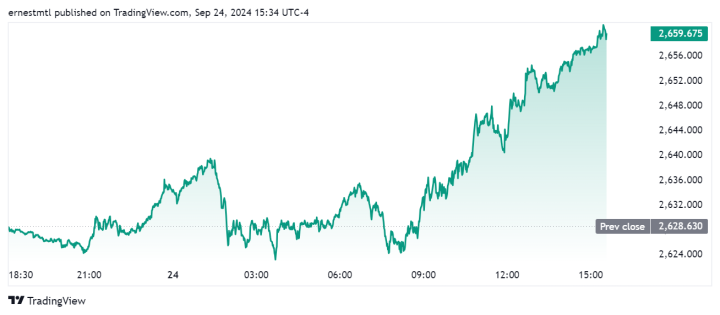
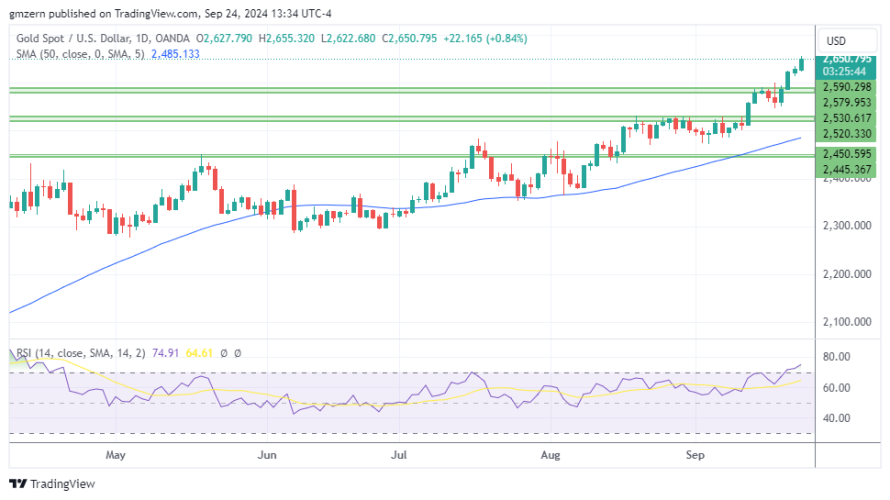
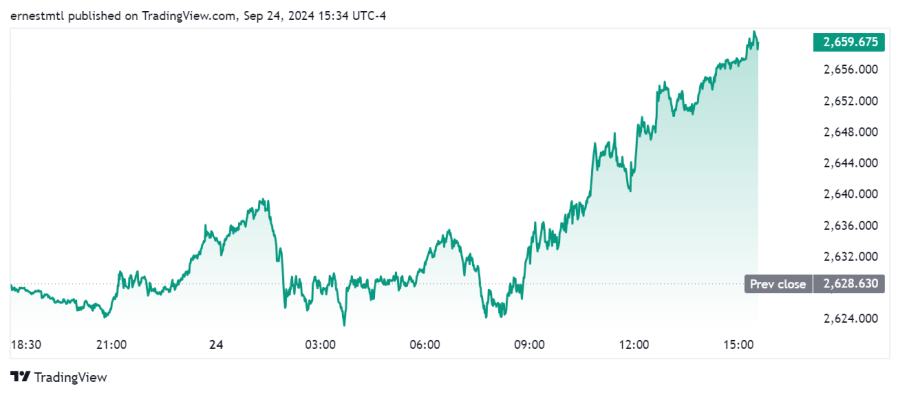
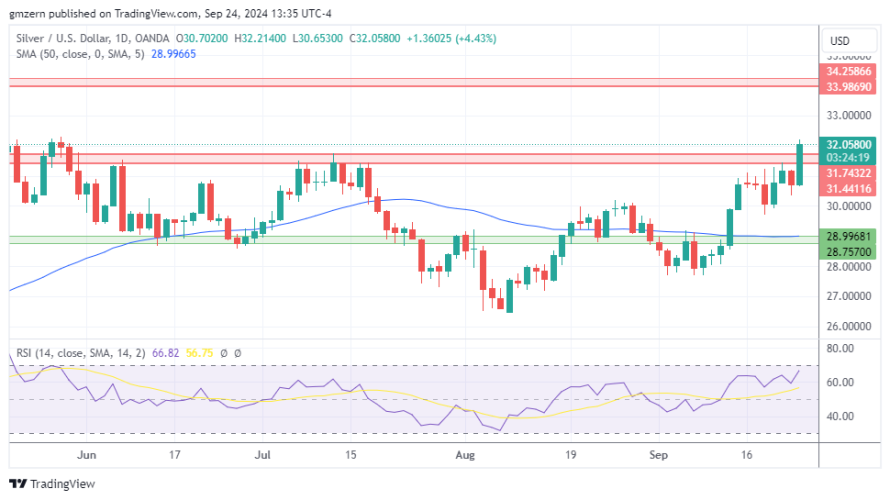
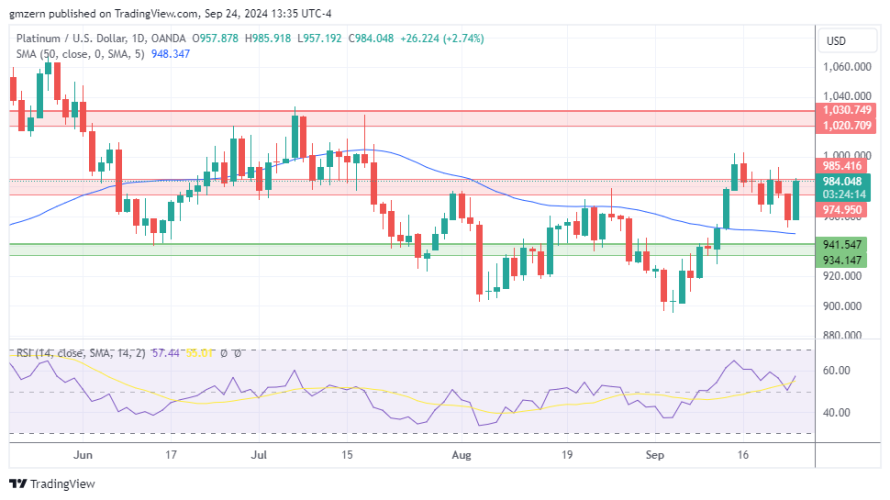
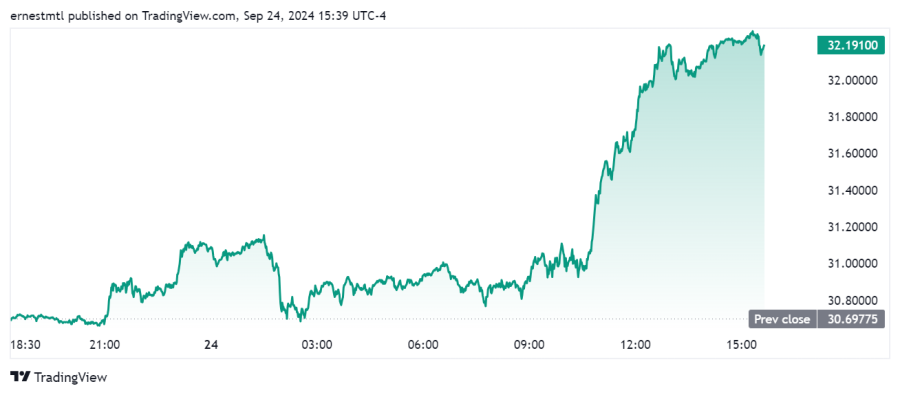
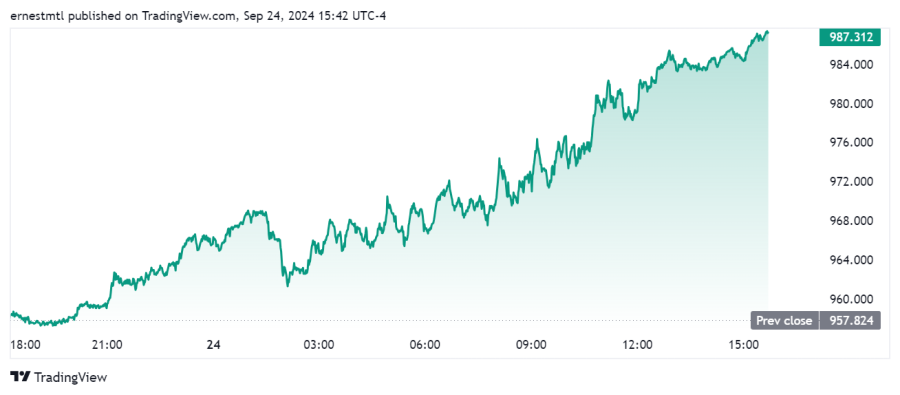


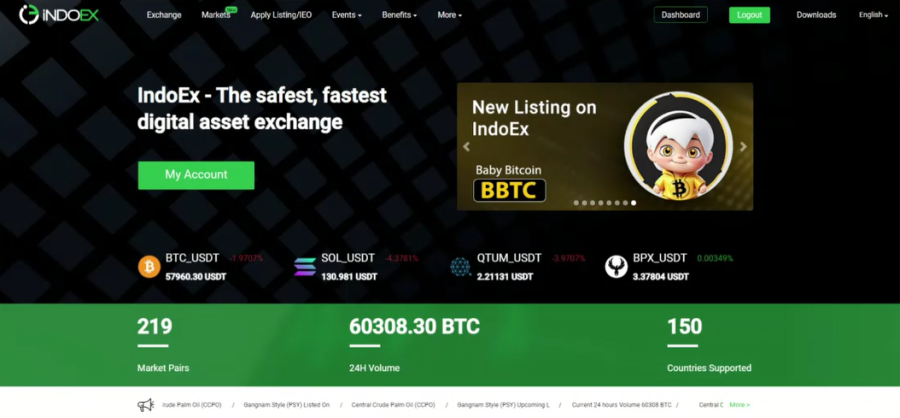
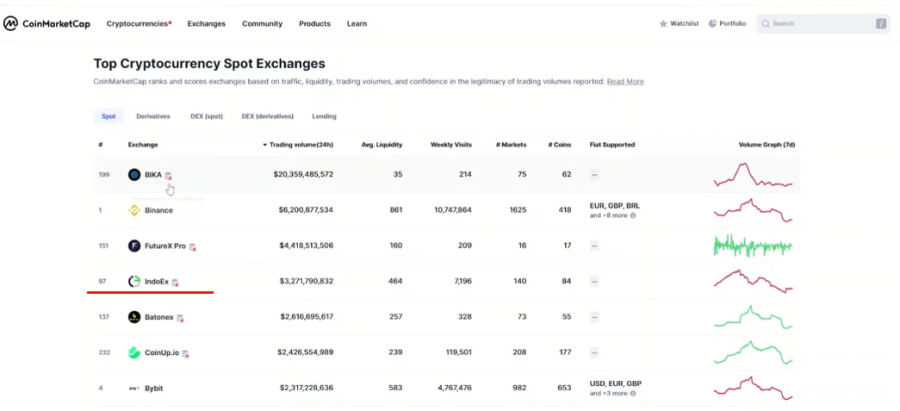
.png)

